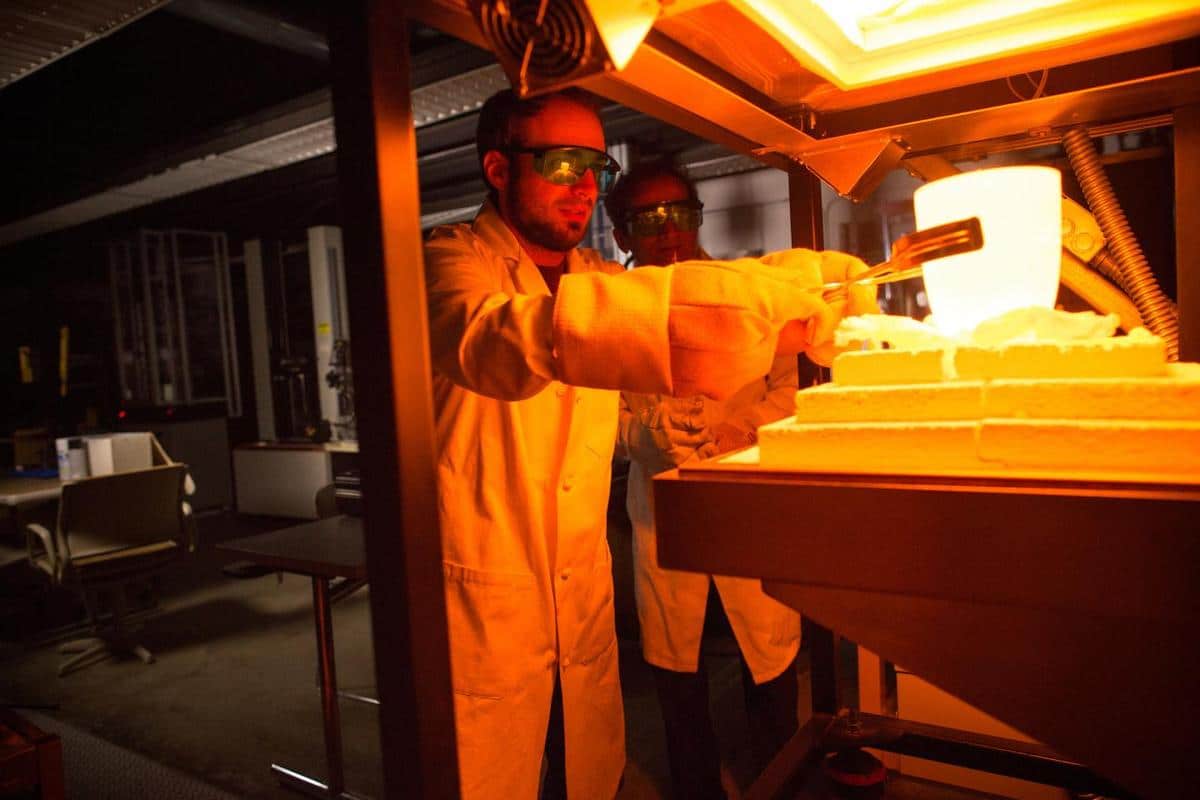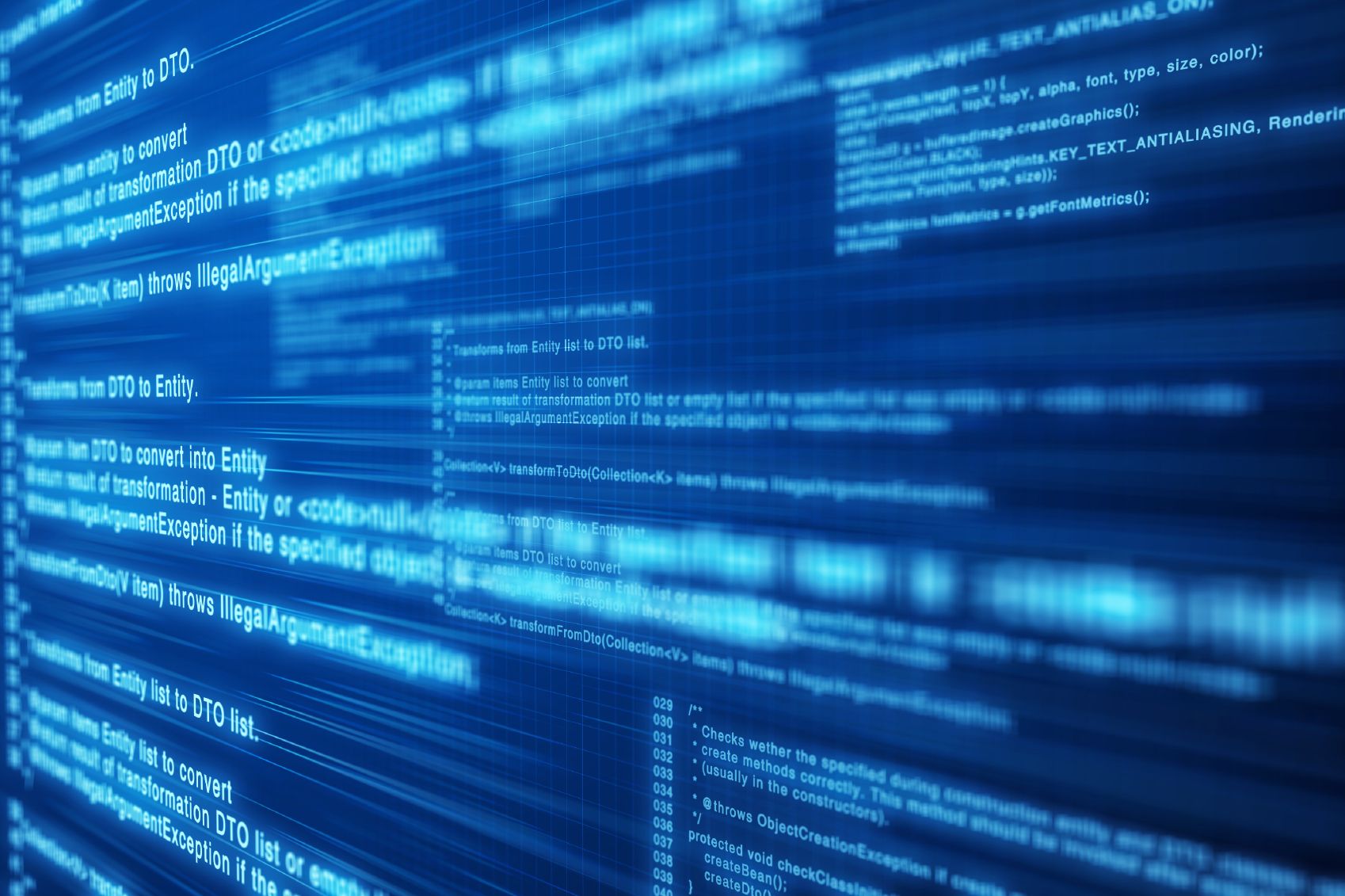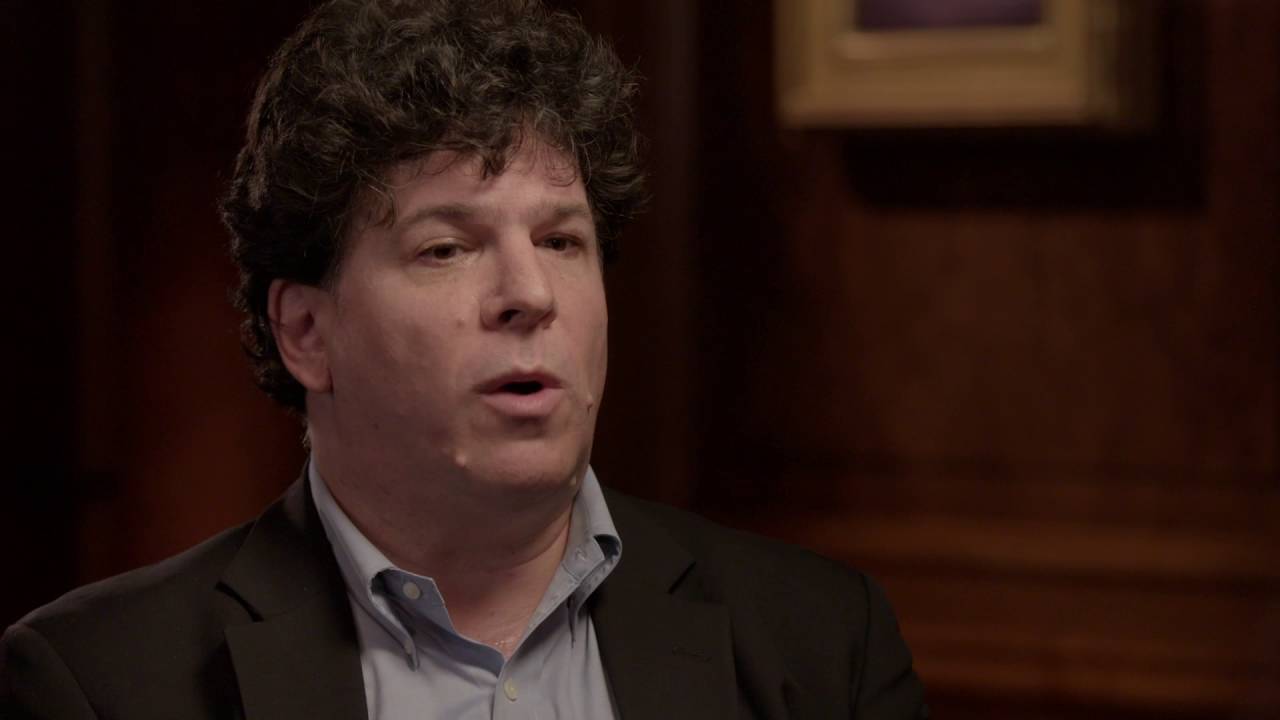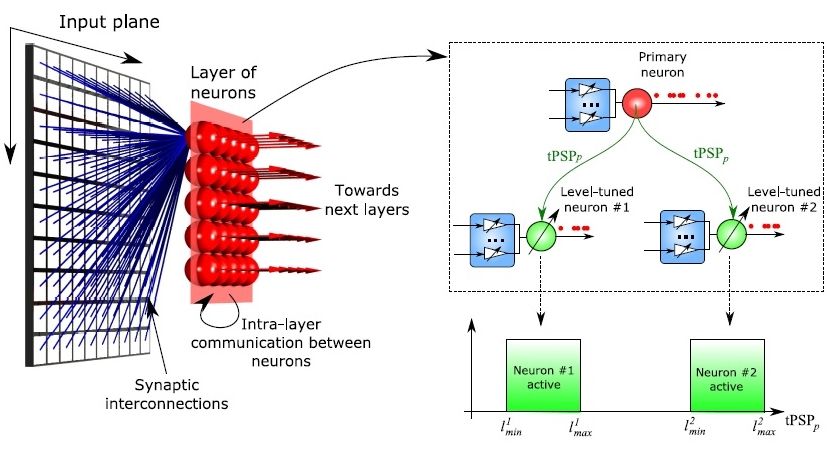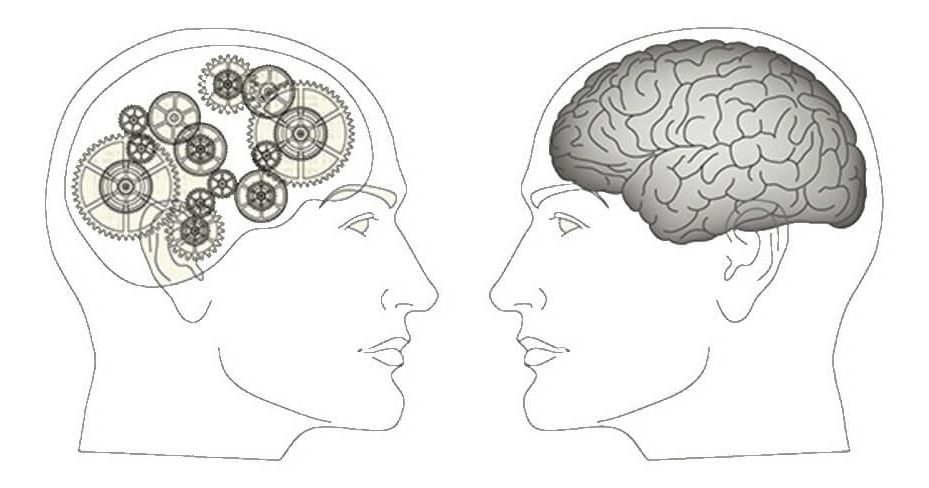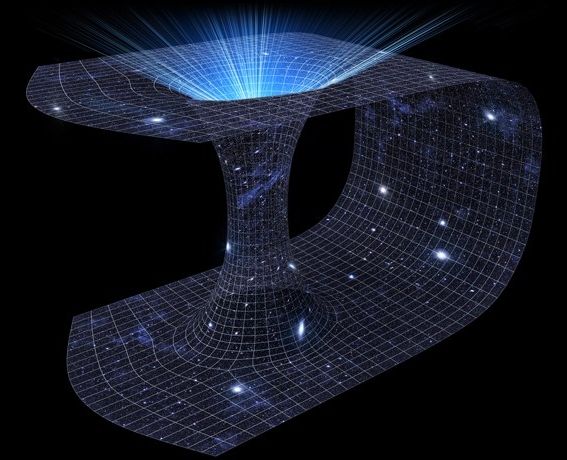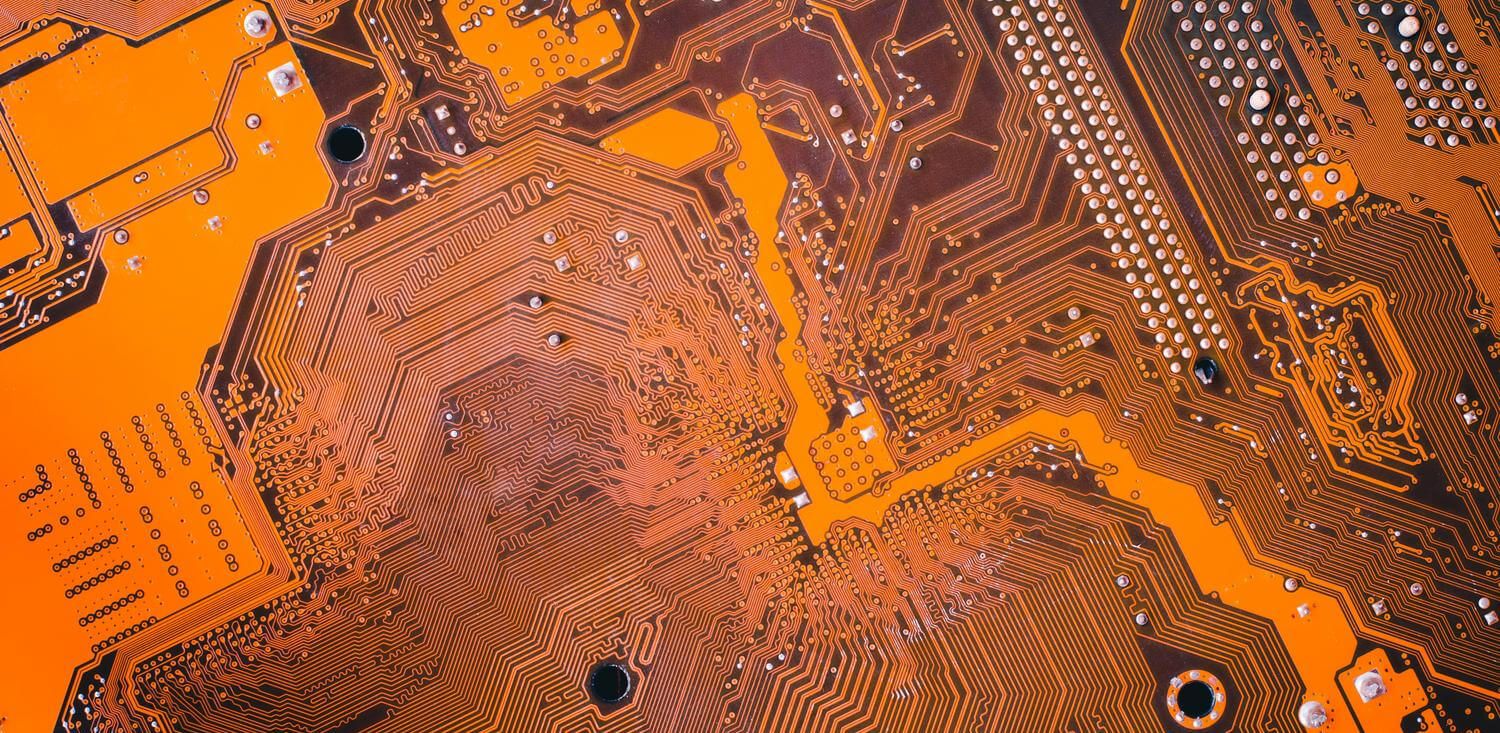I have been seeing this for the recent weeks; I find it interesting and another step in China’s own move to be a global leader of tech. Could be either good or bad in the longer term.
China is taking a more inclusive tack in instituting cybersecurity standards for foreign technology companies, allowing them to join a key government committee in an effort to ease foreign concerns over the controls.
The committee under the government’s powerful cyberspace administration is in charge of defining cybersecurity standards. For the first time, the body earlier this year allowed select foreign companies— Microsoft Corp. MSFT −0.39 %, Intel Corp. INTC 0.43 %, Cisco Systems Inc. CSCO 0.14 % and International Business Machines Corp.—to take an active part in drafting rules, rather than participating simply as observers, said people familiar with the discussions.
How much influence the foreign companies will have over committee deliberations remains to be seen, these people said. Over the past few months, the committee’s seven working groups—which focus on encryption, big data and other cybersecurity issues—have each met at least once.

